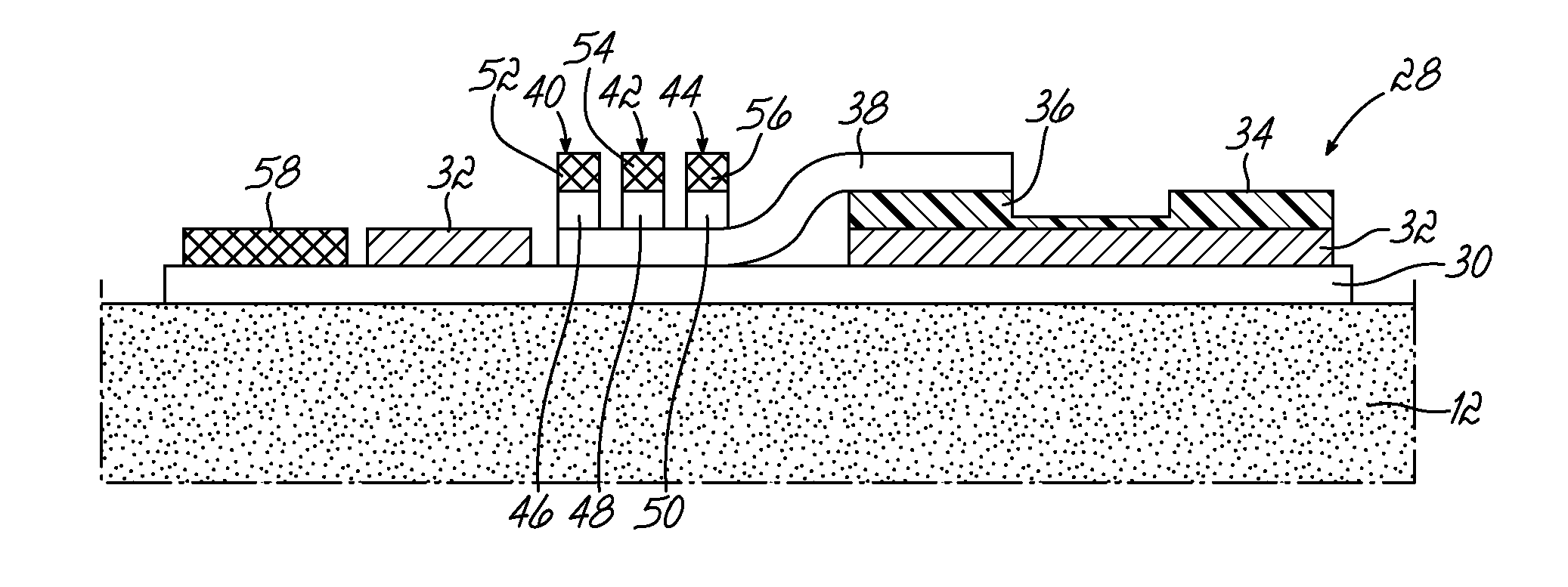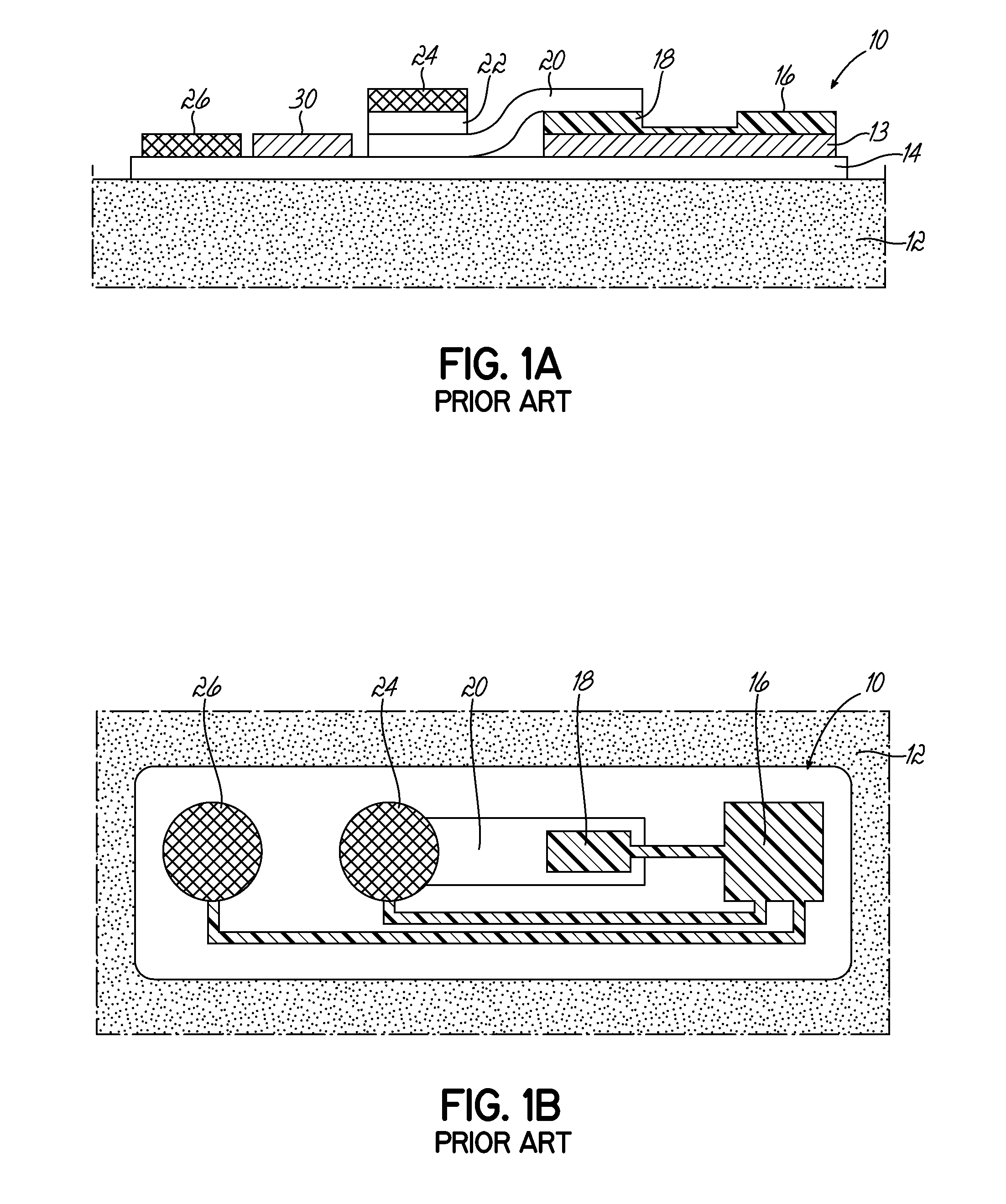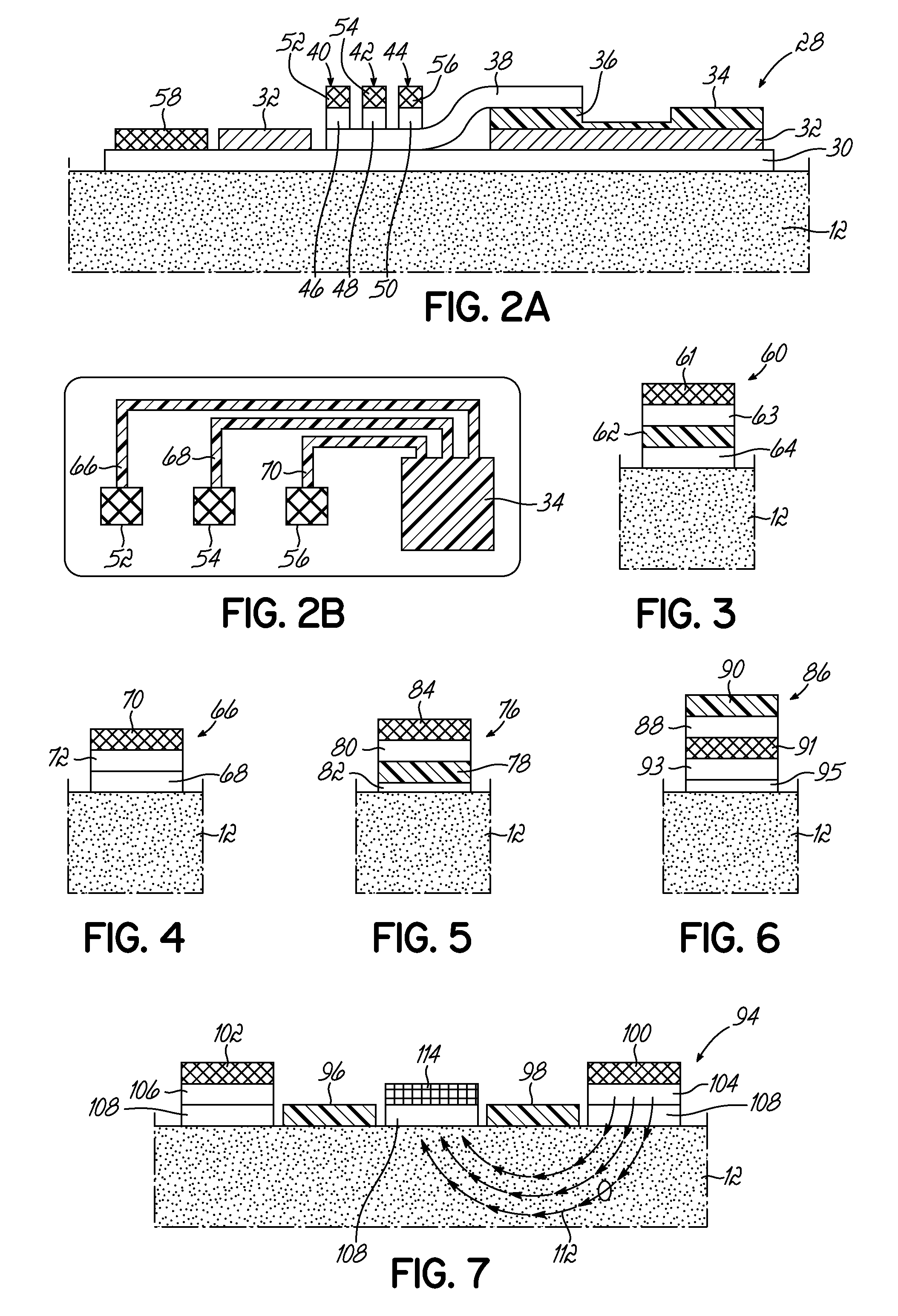Devices for integrated, repeated, prolonged, and/or reliable sweat stimulation and biosensing
a biosensor and sweat stimulation technology, applied in the field of integrated, repeated, prolonged, reliable sweat stimulation and biosensors, can solve the problems of reducing the publically perceived capability reducing the ability and space for sweat sensing to reach its fullest potential, and reducing the ability and opportunity space for sweat sensing to be produced. , to achieve the effect of reducing irritation, reducing dead volume, and reducing interference of sweat stimulating portions
- Summary
- Abstract
- Description
- Claims
- Application Information
AI Technical Summary
Benefits of technology
Problems solved by technology
Method used
Image
Examples
Embodiment Construction
[0025]The detailed description of the present invention will be primarily be, but not entirely be, limited to subcomponents, subsystems, sub methods, of wearable sensing devices, including devices dedicated to sweat sensing. Therefore, although not described in detail here, other essential features which are readily interpreted from or incorporated with the present invention shall be included as part of the present invention. The specification for the present invention will provides specific examples to portray inventive steps, but which will not necessarily cover all possible embodiments commonly known to those skilled in the art. For example, the specific invention will not necessarily include all obvious features needed for operation, examples being a battery or power source which is required to power electronics, or for example, an wax paper backing that is removed prior to applying an adhesive patch, or for example, a particular antenna design, that allows wireless communicatio...
PUM
 Login to View More
Login to View More Abstract
Description
Claims
Application Information
 Login to View More
Login to View More - R&D
- Intellectual Property
- Life Sciences
- Materials
- Tech Scout
- Unparalleled Data Quality
- Higher Quality Content
- 60% Fewer Hallucinations
Browse by: Latest US Patents, China's latest patents, Technical Efficacy Thesaurus, Application Domain, Technology Topic, Popular Technical Reports.
© 2025 PatSnap. All rights reserved.Legal|Privacy policy|Modern Slavery Act Transparency Statement|Sitemap|About US| Contact US: help@patsnap.com



